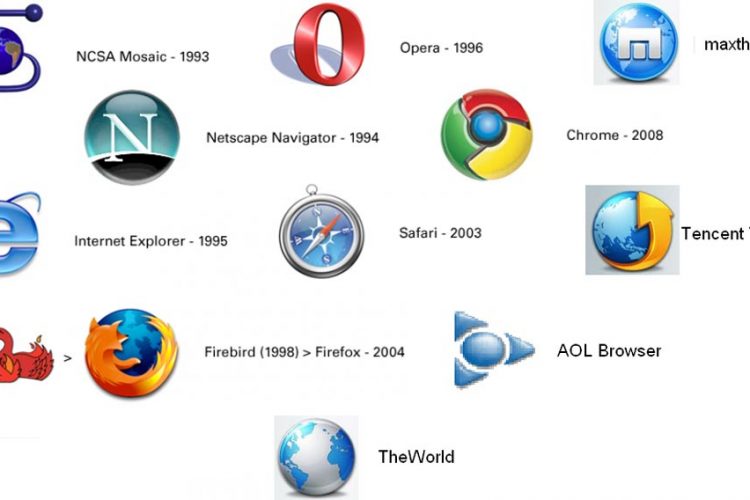For us to appreciate the state of the Internet today, it is essential to have a solid understanding of where web browsers and websites originally came from. For web designers and digital marketing agencies, understanding the history of web pages, and the evolution they have undergone, we can begin to comprehend the drastic changes necessary before we could enjoy the internet for what it is today.
The Browser Wars
During what is commonly referred to as the “Browser Wars” early on, Microsoft and Netscape duked it out to see which would rise as the prevailing browser. For a long time, the victor appeared to be Netscape. However, when Internet Explorer 4 was introduced, popular opinion quickly shifted. As this browser essentially became a regular feature of Windows computers, it inherited all the more authority among the landscape of browsers. Also, because Windows computers were widely sought out at the time, naturally, users were more exposed to Internet Explorer than its competition.
Since most people at the time were beginning to warm up to the idea of personal computers, Internet Explorer was essentially seared into their minds as a search engine. Also, as Microsoft had a much larger budget of disposable income available than its counterpart Netscape, it more efficiently funded its own IE development.
Other Browsers Along The Way
Naturally, Netscape made its source code open-source, finally landing in Mozilla’s hands. As Mozilla underwent many years of development as a non-profit foundation, it eventually launched Firefox in 2004. Firefox rapidly grew in popularity, as well as its user database. Fast-forward to 2008, and the next heavy-hitter in the browser wars became Google Chrome. With Google Chrome leading the pack currently, Firefox, Internet Explorer, and various smaller browsers have their competition laid out for them.
Today, browsers are much more friendly toward curious users who wish to discover their inner workings. This is because the landscape of browsers currently includes much more open-source code than ever before. Open source code allows us to gauge the internal dynamics of our software.
Rendering Engines
For example, we can now see the programming that lies behind browser rendering engines. During the early days of web browsers, none of this source code was available to the public. Images and HTML are some tasks that rendering engines are responsible for. They are also helpful in summoning the data available within PDFs. Unquestionably, what we see today is the result of the early pioneering and productivity of people like Tim Berners-Lee.
As web browsers have undergone drastic changes in development, websites themselves and the careers of web designers have broadened in scope. Within the following few versions of early HTML, web pages were swiftly becoming more capable of displaying visuals and more savvy text blocks.

